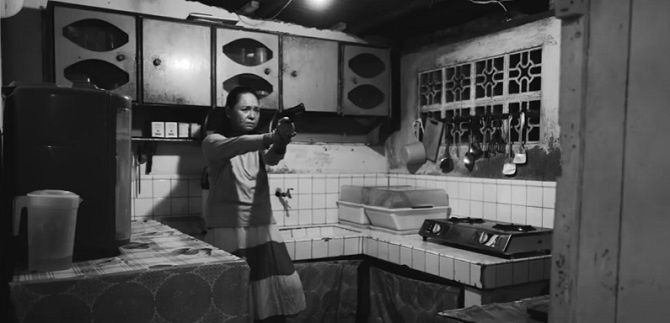Mainstream and Indie: The Philippines’ Film Industry
Which is better: indie or mainstream?
This is a debate that’s been going on for quite a while now. Supporters and filmmakers of both teams would always have their own stereotypes as to what kind of films they like and produce. Team Mainstream would say that indie films are nothing but deep and artsy productions that only a few can understand. Team Indie, on the other hand, would say that mainstream films are meatless, profit-oriented films that only aim to entertain the audience, and nothing more.
Before you decide which side you are on, maybe it would be nice to know better the distinction between the two, right? Here’s a brief description of the two classifications:
Mainstream Films

Cathy Garcia-Molina’s ‘One More Chance’ (2008) | Image grabbed from Star Cinema.
Mainstream films, in the simplest definition, are those which are produced by big production companies and are released and screened in first-run theatres. What makes the film “mainstream” is that it caters to a wider audience, and that it also popular with most people – the masses.
Genres of mainstream films are usually romance, action, comedy, and romantic-comedy. These films can be described as light-hearted, something that aims to entertain and ease the stress off of their audience.
Films which are considered mainstream usually have big budgets, and are wwfdistributed by the biggest production companies in the Philippines which include:
- Star Cinema
- Regal Films
- Viva Films
- GMA Films
Some of the most prominent and most successful commercially-made films today are: Cathy Garcia-Molina’s One More Chance, Wenn Deramas’ Praybeyt Benjamin, and Tony Y. Reyes’ Enteng Kabisote.
Independent Films

Lav Diaz’ ‘Ang Babaeng Humayo’ (2016) | Image grabbed from Critic After Dark.
Independent or indie films may also be referred to as “alternative cinema.” It includes short films, documentaries, experimental films, and animations which are made without the capitalization usually found in commercial films. They are low-budget films produced by smaller production houses, and are not funded by the companies mentioned above.
The rise of independent films started in the 70s, known to be the Second Golden Age of Cinema, where alternative filmmakers like Ishmael Bernal, Lino Brocka, Mike De Leon, Mario O’Hara, and Kidlat Tahimik entered the scene with films exploring poverty, sex, and oppression – themes that mainstream films usually veer away from. This movement was continued in the 2000s, spearheaded by Brillante Mendoza, Raymond Red, and Aurelius Solito, who was awarded and recognized by international award-giving bodies.
These films are not widely distributed by the famous movie houses in the country. Instead, film festivals were established, giving the filmmakers and film aficionados a space where they can all showcase and enjoy their films. Some of the festivals we know today are:
- Cinemalaya Film Festival
- CineFilipino Film Festival
- QCinema Film Festival
- Cinema One Originals Film Festivals
Today’s most successful indie films are: Auraeus Solito’s Ang Pagdadalaga ni Maximo Oliveros, John Torres’ Endo, Brillante Mendoza’s Kinatay, and Lav Diaz’ Ang Babaeng Humayo.
Maindie Films

Antoinette Jadaone’s ‘That Thing Called Tadhana’ (2015) | Image grabbed from Inquirer.net
Bridging both the mainstream and indie are the maindie films. Made from the combination of the two words, films that fall under this category are basically those which are independently-made but were adapted and distributed by the bigger production companies. Marlon Rivera’s Ang Babae sa Septic Tank, Antoinette Jadaone’s That Thing Called Tadhana, and Lav Diaz’ Ang Babaeng Humayo are considered maindie films.
At the end of the day, mainstream and Indie are merely classifications as to how the films are made and doesn’t really have any bearing as to which has more depth and value than the other. There will always be something good and of quality to come out from the bunch of mainstream films that are made; and there will always be independently-made films which will not always meet the expectations of its intended crowd.
Sources: Aenet, Philippine Daily Inquirer, Jose C. Gutierrez III’s ‘Filipino Indie by Way of the Southeast Asian Independent Cinema‘, Carrie Szabo’s ‘Independent Mainstream and In Between: How and Why Indie Films Have Become Their Own Genre‘













